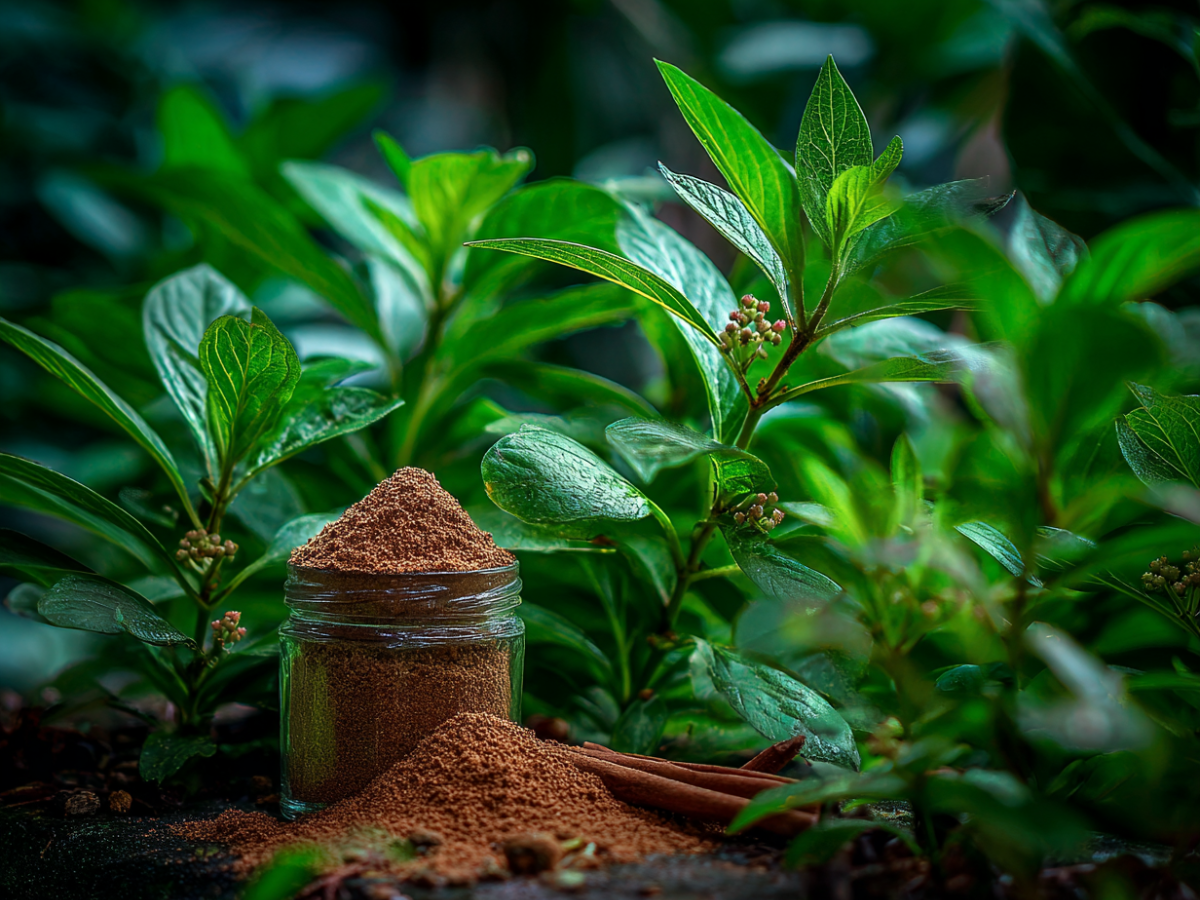cinnamon for plants guide – A Secret Every Gardener Needs to Know
Cinnamon for Plants guide – The Natural Secret Every Gardener Needs to Know!
Have you ever looked at your plants and wished they could just stay healthy and vibrant without constant battles against pests and diseases? Imagine walking out to your garden one morning to see strong stems, healthy roots, and lush foliage—all without relying on harsh chemicals. The secret might already be sitting in your kitchen cupboard: cinnamon.
This humble spice is more than just a cozy addition to your desserts. For gardeners, it can be a game-changer—a natural protector, healer, and growth booster for your plants. Today, you’ll discover exactly how to use cinnamon in your garden to get results you can see and feel.
What Makes Cinnamon for Plants the best choice ?
Cinnamon contains natural compounds—like cinnamaldehyde and eugenol—that have strong antifungal and antibacterial properties. In simpler terms, it’s like giving your plants a natural immune boost. Instead of introducing synthetic chemicals, you’re working with a substance that the environment already recognizes and tolerates.
When used correctly, cinnamon can:
- Stop the spread of soil fungus before it damages roots
- Help cuttings form roots faster
- Repel unwanted insects naturally
- Reduce mold growth on soil surfaces
Some gardeners even call cinnamon the “plant doctor in a jar” because it solves multiple issues without harming beneficial organisms.
The Benefits of Using Cinnamon for Plants in Gardening

Cinnamon as a Natural Fungicide
If you’ve ever lost seedlings to damping-off disease, you know how heartbreaking it can be. This fungal issue often strikes when seedlings are still delicate, causing stems to collapse overnight. A light dusting of cinnamon on the soil can create an invisible shield, blocking fungus from taking hold.
It’s also useful for:
- Preventing leaf spot diseases
- Reducing root rot in overly damp conditions
- Stopping mold on indoor potted plants
Cinnamon for Pest Control
Cinnamon’s strong scent isn’t just pleasant to us—it’s a natural deterrent for many pests. You can use it to:
- Repel ants from garden beds and pots
- Keep gnats away from seedlings
- Discourage aphids from infesting tender shoots
Because it’s non-toxic, you can use it around children and pets without worry—something chemical sprays can’t promise.
Cinnamon for Rooting and Growth
When you take cuttings from a plant, you want them to root quickly and strongly. Cinnamon can replace expensive rooting hormones for many plants. By dipping the cut end into cinnamon before planting, you reduce the chance of fungal infection while encouraging healthy root formation.
It can also improve seed germination rates by keeping the soil surface clean and fungus-free.
How to Use Cinnamon for Plants – Step-by-Step Methods
You don’t need to be a gardening expert to start using cinnamon effectively. Here are some tried-and-true ways to get started:
1. Cinnamon Powder for Fungus Prevention
You’ll need:
- Cinnamon powder (organic if possible)
Steps:
- Water your plants as usual.
- Lightly sprinkle cinnamon over the soil surface.
- Repeat every 2–4 weeks or when you notice signs of mold or fungus.
This method works wonders for indoor potted plants, seedlings, and outdoor beds after heavy rain.
Cinnamon isn’t the only natural booster. Homemade solutions like this Iron Fertilizer for Plants can make a huge difference in growth
2. Cinnamon Rooting Hormone Recipe
| Ingredient | Quantity | Notes |
|---|---|---|
| Cinnamon powder | 1 tablespoon | Organic preferred |
| Warm water | 2 cups | Filtered if possible |
Instructions:
- Mix cinnamon into the warm water.
- Dip plant cuttings into the mixture for a few seconds.
- Plant in your prepared soil.
💡 Tip: For dry application, simply dip the cut end of your cutting directly into cinnamon powder before planting.
3. Cinnamon Pest Repellent Spray
| Ingredient | Quantity |
|---|---|
| Cinnamon powder | 1 tsp |
| Water | 1 liter |
| Mild liquid soap | A few drops |
Instructions:
- Mix all ingredients in a spray bottle.
- Shake well before each use.
- Spray on leaves, stems, and soil to deter pests.
Tips for Maximizing Results
If you want cinnamon to work at its best, keep these tips in mind:
- Use fresh cinnamon: Old spice loses potency.
- Choose organic when possible: Avoid additives that might harm plants.
- Combine with other natural remedies: Neem oil, garlic spray, or vinegar can complement cinnamon’s effects.
- Be patient: Natural remedies take time to show full results.
Common Mistakes to Avoid When Using Cinnamon on Plants

Even though cinnamon is safe, there are a few mistakes you should avoid:
- Overapplication: Too much cinnamon can alter soil pH slightly over time.
- Applying directly to delicate leaves: Can cause slight burning in some sensitive plants.
- Expecting miracles overnight: It’s a preventive measure, not a cure-all.
Frequently Asked Questions About Cinnamon for Plants
Can I put cinnamon directly in plant soil?
Yes—you can sprinkle it lightly on top of the soil to prevent fungus growth.
Is cinnamon safe for all plants?
It’s safe for most plants, but test on a small area first to ensure there’s no reaction.
How often should I use cinnamon on my plants?
Every 2–4 weeks for prevention; more often if you’re treating active problems.
Can cinnamon replace chemical rooting hormones?
It can be a natural alternative, especially for soft-stem cuttings, but results may vary depending on the plant.
Does cinnamon kill bugs?
It repels many pests but doesn’t kill all insect types. For heavy infestations, combine with other methods.
Conclusion – Give Your Plants the Cinnamon Advantage
You now know how one simple kitchen ingredient can make a huge difference in your garden. With cinnamon, you can protect seedlings from disease, keep pests at bay, and encourage healthy root growth—all while avoiding harsh chemicals.
The next time you reach for cinnamon to sprinkle on your oatmeal, set some aside for your plants. Your garden will thank you with healthier growth, stronger blooms, and fewer problems.
Now it’s your turn TO USE CINNAMON FOR PLANTS —try one of these cinnamon methods this week and watch the transformation in your plants. You might be surprised at just how powerful this humble spice can be


0 Comment